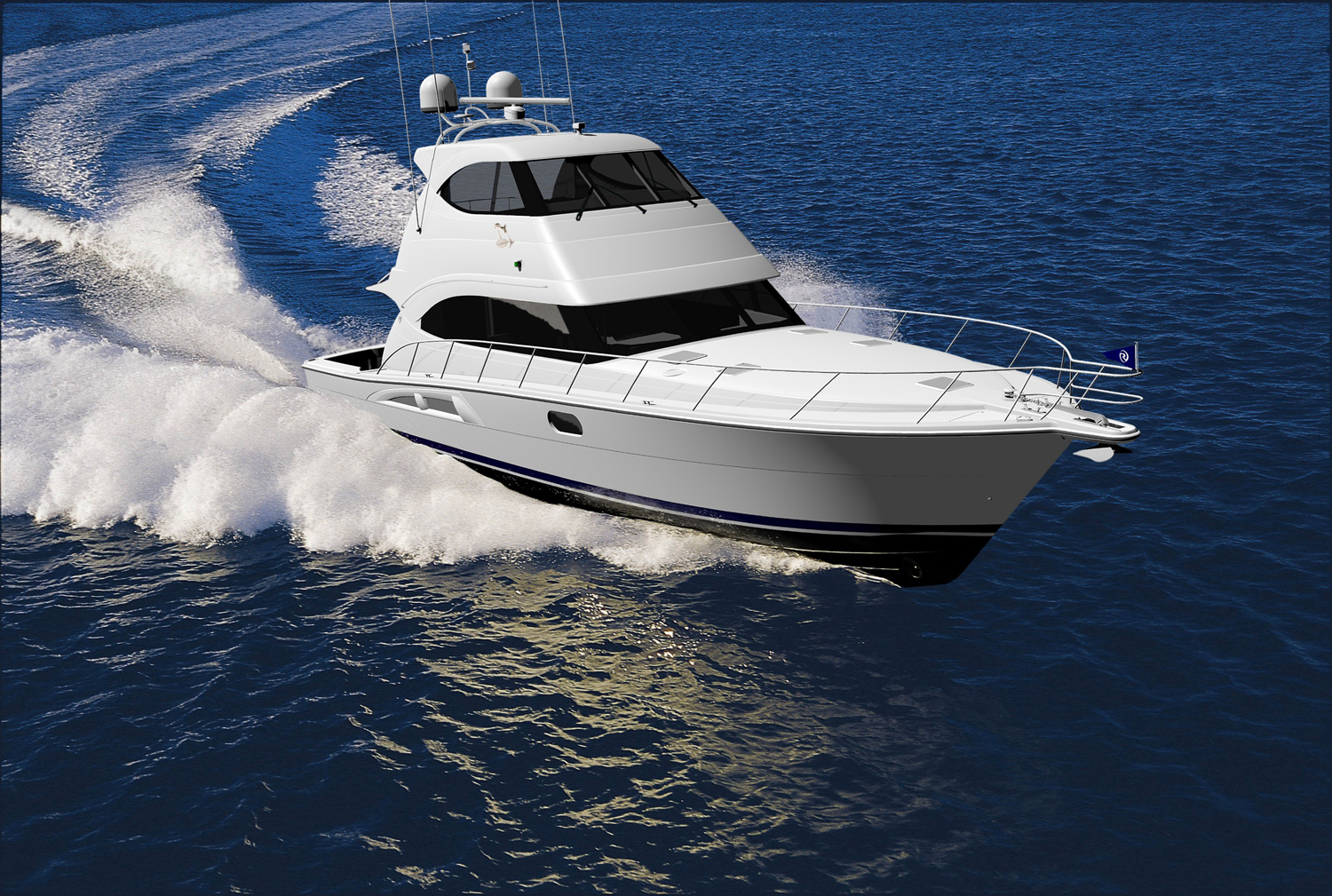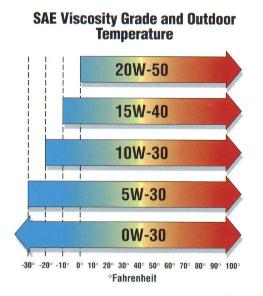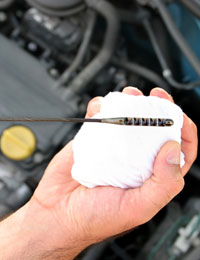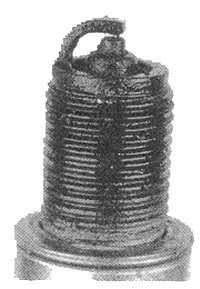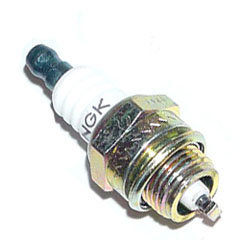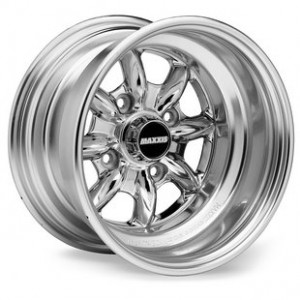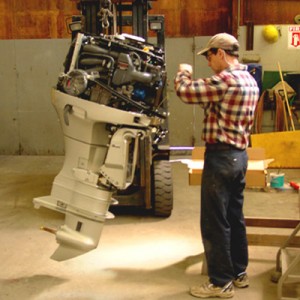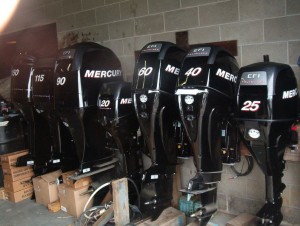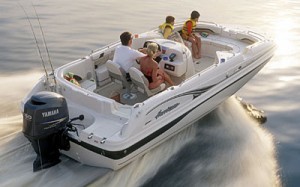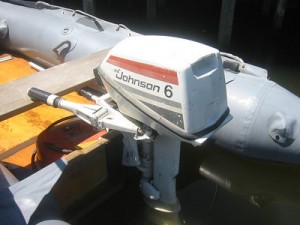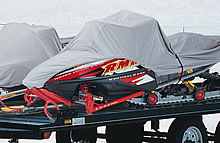How to Choose Your Outboard Motor Oil: Multi-Viscosity Oils
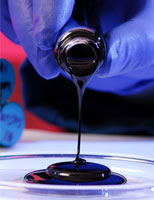 Yesterday we provided a brief overview viscosity and discussed why you it is important to consider it when purchasing Evinrude XD100, or any other oil, for your vehicle. Over the years, oil technology has advanced greatly, and one of the most important innovations is multi-viscosity oil. In order to allow the oil to maintain a higher viscosity in high temperatures, manufacturers add polymers to light base oils.
Yesterday we provided a brief overview viscosity and discussed why you it is important to consider it when purchasing Evinrude XD100, or any other oil, for your vehicle. Over the years, oil technology has advanced greatly, and one of the most important innovations is multi-viscosity oil. In order to allow the oil to maintain a higher viscosity in high temperatures, manufacturers add polymers to light base oils.
This means that the oil now has a range of viscosities. 20W-50, for example, will typically have a viscosity of 20, but it will not exceed 50 in excessive heat. When choosing multi-viscosity oils, you want the range to be as small as possible. As the range grows, more polymers need to be added to the oil, which jeopardizes the quality of the product.


